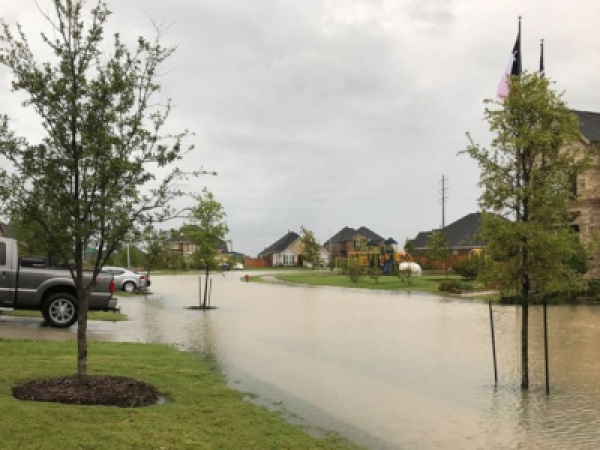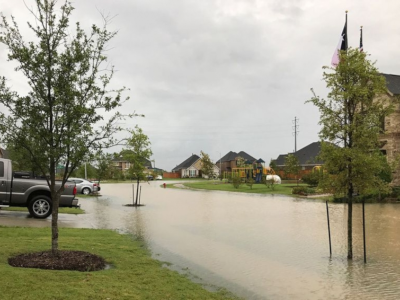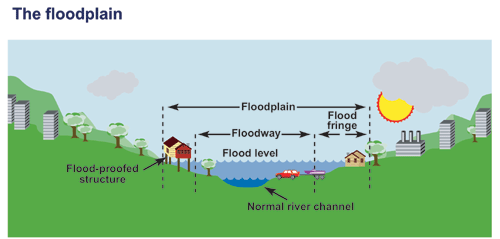
The Nature of Flooding will keep changing

If it seems that rain events are more intense and frequent than they used to be, it’s because they are.
Precipitation patterns absolutely have changed over the last several years. Welcome to the “new normal,” but don’t get too accustomed to it, because it will keep changing as the global climate itself continues to change.
Based on a study completed by the State of Illinois in 2018, the nature of flooding has changed too. Twenty years ago, the vast majority of insurance claims filed for flooding each year were related to floods caused by rising waters in rivers and streams. Historically, most of the damage caused by flood waters was to structures built within the floodplain of rivers and streams. The floodplain is a flat area alongside a river where floodwaters spread out during periods of high flow. Through a series of maps called the “Flood Insurance Rate Maps” (FIRM), the federal government established a regulatory system for floodplains across the US.

The maps illustrate the location of 100-year floodplains where the risk of flooding in any given year is 1%, and 500-year floodplains where the annual risk of flooding is two-tenths of a percent. In the past, people were allowed to build structures in the floodplain, and for many decades the properties did not flood, so no one thought about it.
Then, in the 1990s, there were several major floods along many rivers in the Mississippi River basin that drains most of Illinois. In a few short years, properties that had not flooded in residents’ memories were flooding every other year. Fortunately, there are state, federal and local programs available to help buy-out properties in the floodplain, and many local towns and counties now prohibit building in the floodplain unless specific, expensive flood-proofing measures are used to prevent future insurance claims. The buy-out and flood mitigation programs have been so successful in Illinois that just 8% of insurance claims for flooding are for floodplain floods these days.
So, where are the other 92% of the insurance claims related to flooding? Virtually all are a result of storm water flooding in developed areas. Local storm water pipes and detention areas were not designed for the new patterns of rain, so cannot effectively move the volume of water that these very intense, short duration storms are generating. Water backs up into yards and basements, and people whose property never flooded in the past are now dealing with flood damages.
What can be done? Well, first off, accept that there is not enough money anywhere to engineer typical municipal infrastructure solutions to this problem. Imagine the cost to redesign and enlarge storm sewers in every town! And, mega-storm water management projects like the “Deep Tunnel” in Cook County are cost-prohibitive and physically impossible for most. Instead, the solutions lie with each individual property owner. If every individual does something to keep rain water on the land where it falls for a bit longer, storm water will not concentrate so quickly when it rains, storm sewers will not be overwhelmed, and fewer basements will flood.
Here are a few ideas for how you can help: – Plant more trees. Tree leaves and branches catch the rain as it falls, so it doesn’t all hit the ground at once. – Install raingardens at the end of your downspouts. The native plants in raingardens absorb the water and the garden depressions collect water so it can slowly absorb into the ground. – Allow the water from your downspouts and sump pump to flow across your property. I’ve noticed in my mom’s neighborhood (exact location withheld) that many residents drain their downspouts and sump pump water into the street. This practice makes sure water gets away from the property as fast as possible, but, in the process, overwhelms local storm sewers, causing someone else’s property to flood. I’m sure you can think up more ways to keep rain water on your property longer. Thank you for doing what you can!
(top photo courtesy The Texas Tribune)